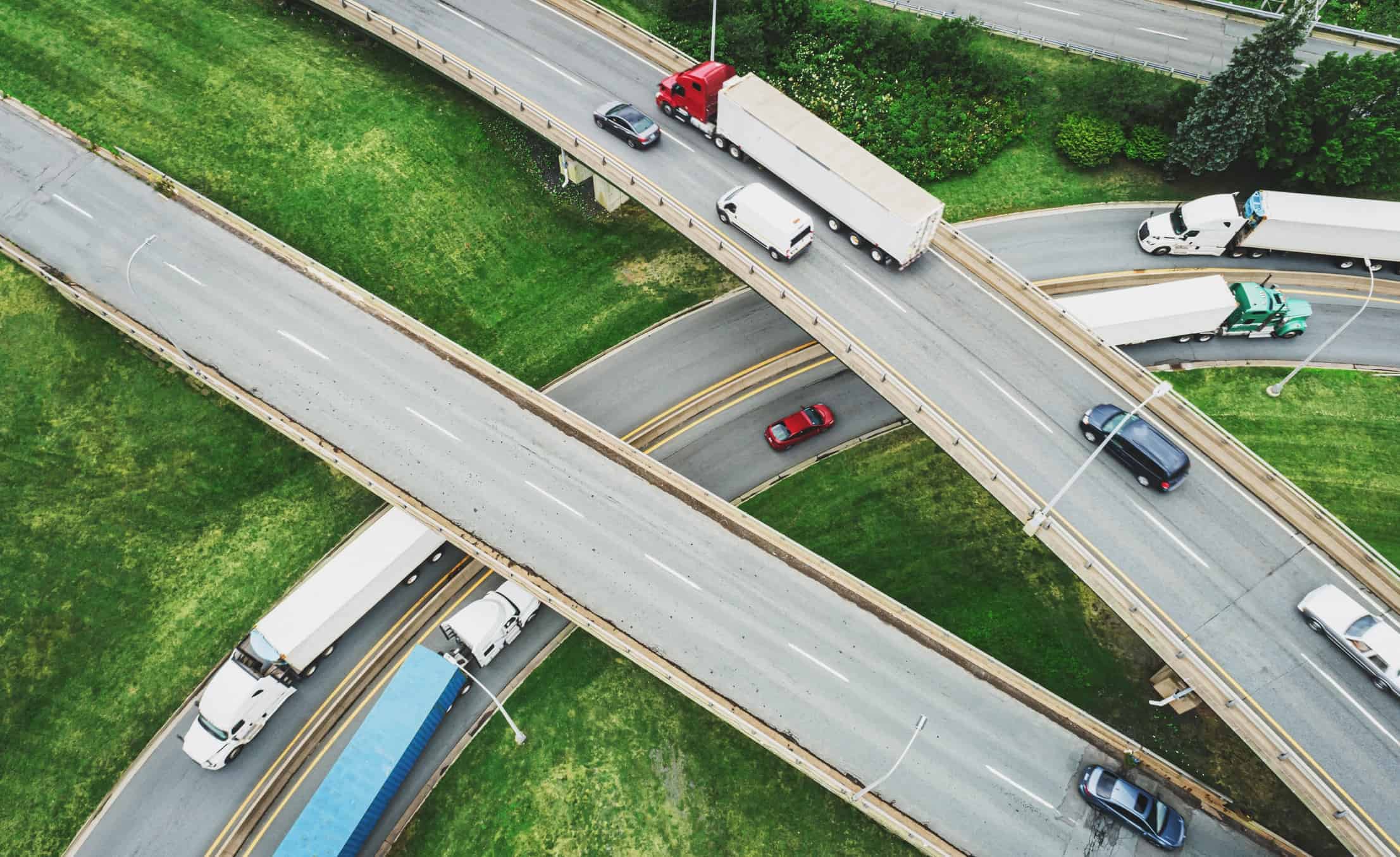On June 4, 2021, the Infrastructure Investment and Jobs Act (H.R. 3684), was introduced in the U.S. House Committee on Transportation and Infrastructure. On November 15, 2021, the bill was passed by U.S. Congress and signed into law. The legislation includes funding for roads, transit, aviation, water, energy, schools, internet, and more, and will have an economic and market impact across industries.
Since its introduction, there has been a lot of information distributed about what is in the bill and what is not. It is helpful to understand the key information contained in the bill and what is to come from it.
Spending Within the Infrastructure Bill
The Infrastructure Investment and Jobs Act bill has $1.2 trillion in funds to be spent over a five-year period, including $550 billion in new spending and the remainder of the package in pre-approved spending. The breakdown of the allocation of money will be as follows, according to Fortune magazine:
- $110 billion to fund new roads and bridges
- $73 billion to move from fossil fuels to clean energy, upgrade power infrastructure
- $66 billion to address deferred maintenance on Amtrak® trains, expand service, modernize rail service
- $65 billion to build reliable high-speed internet through broadband infrastructure
- $55 billion to replace lead pipes and service lines, provide clean drinking water
- $50 billion for weather proofing and creating infrastructure resilient to impacts of climate change and cyberattacks
- $39 billion to modernize and improve public transit, improve accessibility for elderly and people with disabilities
- $25 billion for airports to address repair and maintenance backlogs, reduce congestion, reduce carbon emissions
- $21 billion in environmental remediation to address legacy pollution issues such as Superfund sites, abandoned mines, uncapped oil and gas wells
- $17 billion in port infrastructure
- $15 billion for electric vehicles, buses, and trucks, and infrastructure to charge them
- $11 billion toward a “Safe Streets for All” program to reduce car crashes/fatalities, improve safety for pedestrians and cyclists
Funds Provided by State
The White House published information on the bill, including how the funds will be distributed by state.
Large-population states, such as California, Texas and New York, are expected to receive the largest portions of the package spending, while states with fewer residents, such as Montana and Alaska, are expected to receive the most money per capita. View the chart below for funding details by state.
Next Steps and Industry Impact
Many environmental and industry groups are meeting in early 2022 to discuss the implementation and distribution of the funds. The bill is anticipated to generate jobs in industries such as construction and manufacturing as the country works to modernize its infrastructure and carry out essential projects as outlined in the bill.
In fact, the U.S. government anticipates the bill can help create an average of 1.5 million jobs over 10 years. This job growth will likely include roles within global supply chain, electric vehicle manufacturing, metals, nuclear power, and chemical plants.
Stayed tuned for future articles as we see how the funds are distributed and executed through the enaction of this law.
Sources:
What’s in the $1.2 trillion infrastructure bill?, Fortune Magazine, July 2021
These charts show which states will get the most money from Biden’s infrastructure bill, CNBC, Aug. 2021
The Bipartisan Infrastructure Deal, The White House, November 2021
Which Industries Stand to Gain From the $1.2T Infrastructure Bill—and Which Stand to Lose, Time, Aug. 2021



